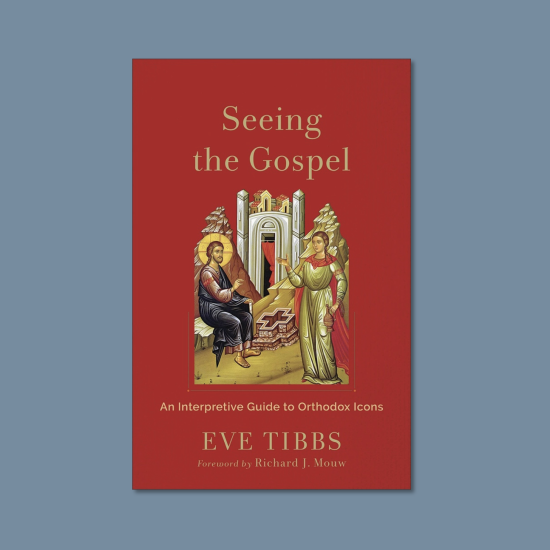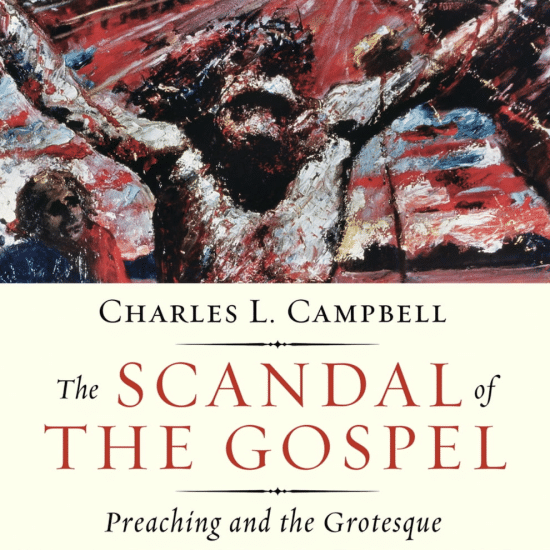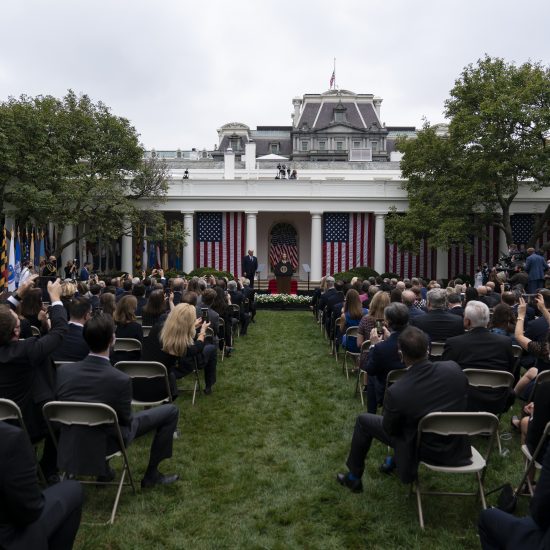The intersection of faith and culture often looks less like a four-way stop and more like a mix-master. Faith-based messages have made frequent and bold appearances in film, music, art, theater and other forms of creative expression. This invites the labels of “Christian artist” or “artist whose works have spiritual themes” — and at times, “a little of both.”
 |
The rock band U2 falls into the latter category. The band released its 12th album this year, and while many see the group as a strictly secular phenomenon, what fans connect with is actually the band’s “honest quest for spiritual meaning in a world that pays lip service to the spiritual while chasing after the transient,” said author Greg Garrett, professor of English at Baylor University.
Garrett’s latest book, We Get to Carry Each Other: The Gospel According to U2, chronicles the life of the group from their upbringing in war-torn Northern Ireland to their dominance over the music scene in the early 1990s and their current role as spiritual ambassadors to a post-9/11 world.
Conditions are most favorable for faith and culture to mix when the artist focuses first on creating good art, Garrett said.
“If U2 were a bad rock band — most especially a bad Christian rock band — then we would not be talking about them now,” he said. “But because their songs touch people, suggest possibilities they long for, and authentically chart the band’s own struggles and beliefs, they have not only reached a Christian audience, but a worldwide audience who know hope and passion and faith because they have experienced it in U2’s music and performances.”
Authenticity also plays an important role in the merging of faith and culture, Garrett added. Any attempt by churches to exploit a cultural fad simply to pack pews is likely to yield poor results in the long run. Garrett indicates leaders must have genuine interest and support for that particular cultural expression.
A good example he offers is the “U2charist” — communion services in which the hymns are U2 songs and the sermon and offering are oriented toward the One Movement, an advocacy campaign co-founded by U2’s lead singer, Bono.
“If you hold a U2charist or start a movie discussion group…then make sure the people leading it are excited about the work in question — and about the people who may come — and not just about increasing attendance or offerings,” Garrett said.
For many who are not involved in a faith community, cultural expression often serves as the primary means by which those individuals explore their spirituality, he noted.
“Lots of people love U2 who do not love the church, and this can be an eye-opening way for them to recognize that the church stands for positive things in the world, rather than the negative stereotypes so often attached to it,” he said.
Many in the faith community struggle to reconcile faith with culture, especially with groups like U2 who are not affiliated with — and sometimes scoff at — organized religion.
“They (U2) have been understandably reluctant to enter into formal relationship with a faith community over the years,” said Garrett, pointing out the group’s experiences from religious warfare in Ireland and later by a Christian community that told them they couldn’t be both musicians and Christians.
Garrett notes that U2’s work parallels the work of the church in the context of the true definition of “ecclesia.” In that sense, the faith-culture connection can inspire a call to action.
“Certainly our understanding of ecclesia is that Christianity is not lived out in and for ourselves as individuals, but in and for each other,” he said. “I’d argue…that in a sense the band has been an ecclesia for its members, and that in its concerts and work for peace and justice, it replicates the work of worship and the work of righteousness to which the church is called.”
Will Crockett is director of public relations for the College of Arts and Sciences and Baylor University.





